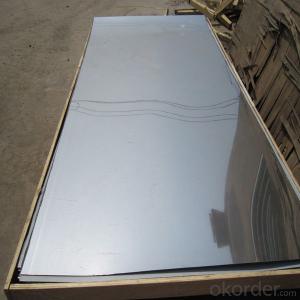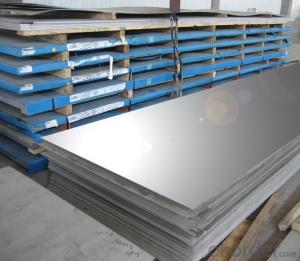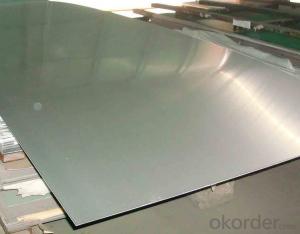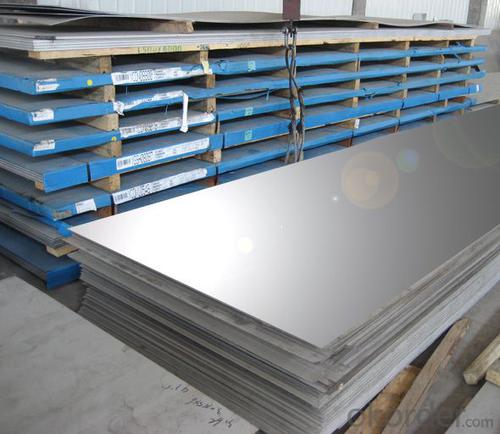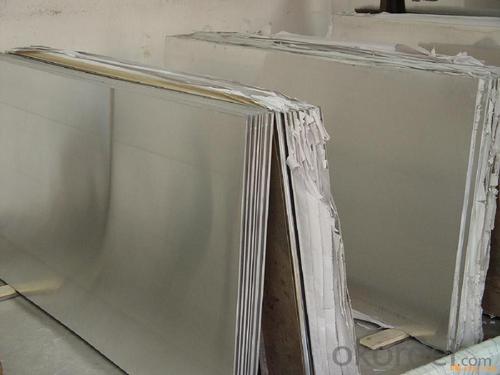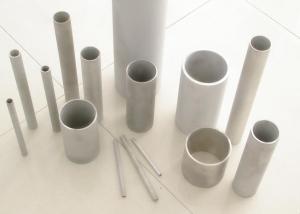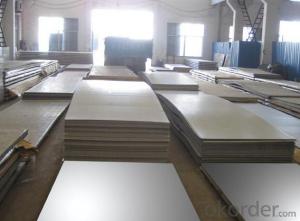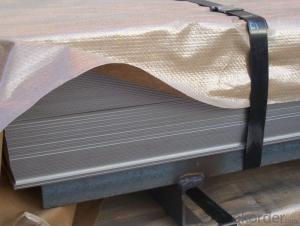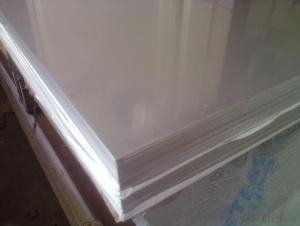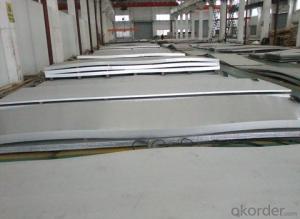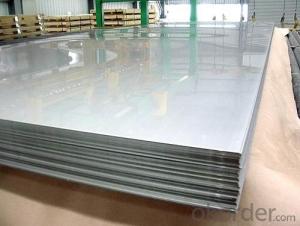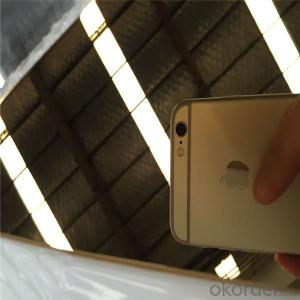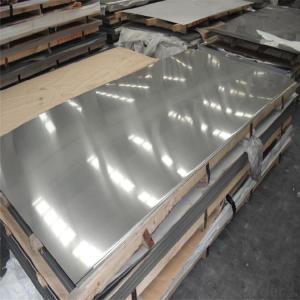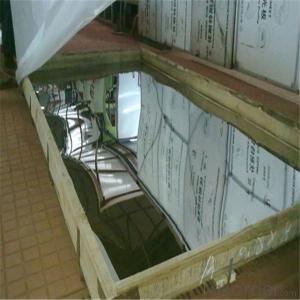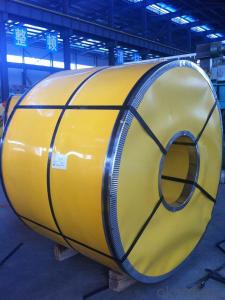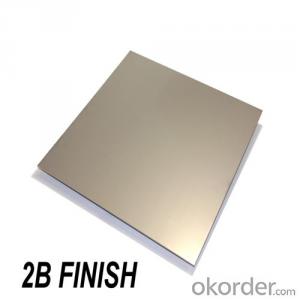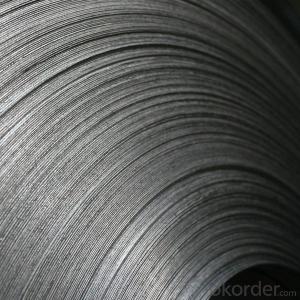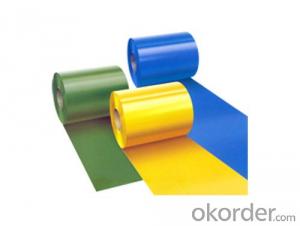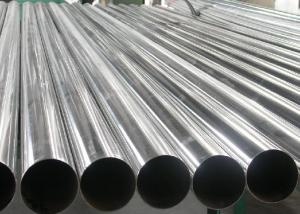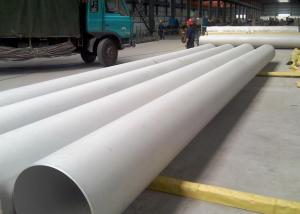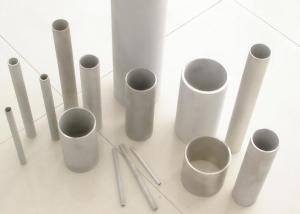Stainless Steel plate and sheet 304 2b finish
- Loading Port:
- Shanghai
- Payment Terms:
- TT OR LC
- Min Order Qty:
- 500 m.t.
- Supply Capability:
- 5000000 m.t./month
OKorder Service Pledge
OKorder Financial Service
You Might Also Like
Hot sale stainless steel sheet 201/202/304/304l/316/316l/430
Description of Stainless Steel Sheet:
Description | steel sheet,hot rolled steel sheet,cold rolled steel sheet, steel sheet,sheet,steel plate |
Standard | ASME, ASTM, EN ,BS,GB,DIN, JIS etc |
Application | Steel sheet applies to construction field, ships building industry, petroleum & chemical industries, war and electricity industries, food processing and medical industry, boiler heat exchanger, machinery and hardware fields. |
Packaging | Standard export sea-worthy packing |
Delivery time | 10-30 days |
Quality | No.1 |
Productivity | 500 tons/Day |
Note | Our company has cooperative relation between the domestic agents. Stainless steel sheet can be made accordingto the customers requirements. Fasten delivery. Quality assured. |
Contacts | If you have any question,please feel free contact me. |
Stainless steel sheet surface finish characteristics
Surface finish | Characteristics and application |
2B | The surface brightness and flatness of no2B is better than no2D. then through a special surface treatment to improve its mechanical properties,No2B could nearly satisfy comprehensive uses. |
No.1 | Polished with abrasive belt of grit#100-#200, have better brightness with discontinuous coarse stria, used as inner and external ornaments for building, electrical appliances and kitchen utensils etc. |
No.4 | Polished with abrasive belt of grit #150-#180,have better brightness with discontinuous coarse stria, but thinner than No3, are used as bathtub buildings inner and external ornaments electrical appliances kitchen utensils and food processing equipment etc. |
HL | Polished with abrasive belt of grit #150-#320 on the NO.4 finish and has continuous streaks, mainly used as buildings ornaments elevators, door of building, frontal plate etc. |
BA | Cold rolled, bright annealed and skin-passed, the product have excellent brightness and good reflexivity like mirror, kitchen apparatus, ornament etc. |
8K | The product have excellent brightness and prefer reflexivity can to be the mirror. |
Main Features of stainless steel sheet :
•Escalator, Elevator, Doors
•Furniture
•Production tools, Kitchen appliances, freezers, cold rooms
•Auto Parts
•Machinery and Packaging
•Equipment and Medical devices
•Transport system
Product Details:
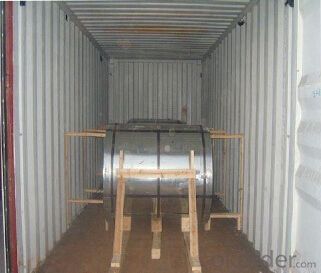
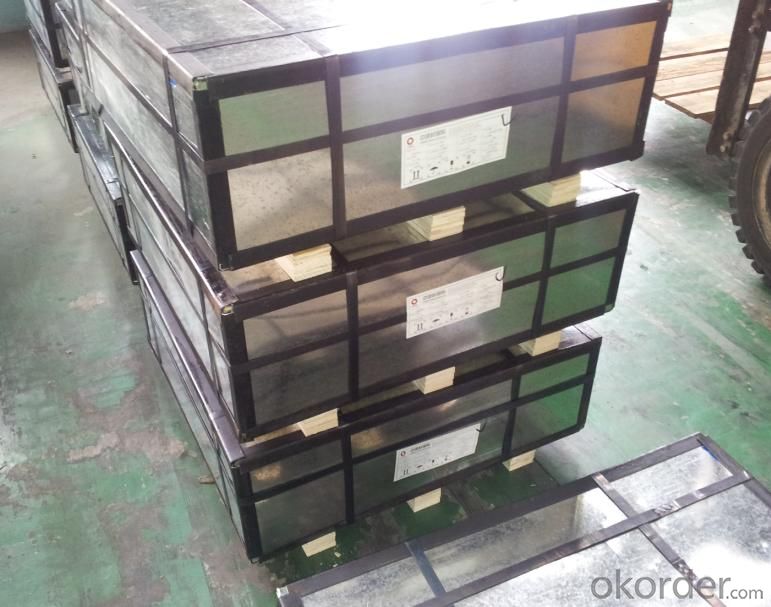
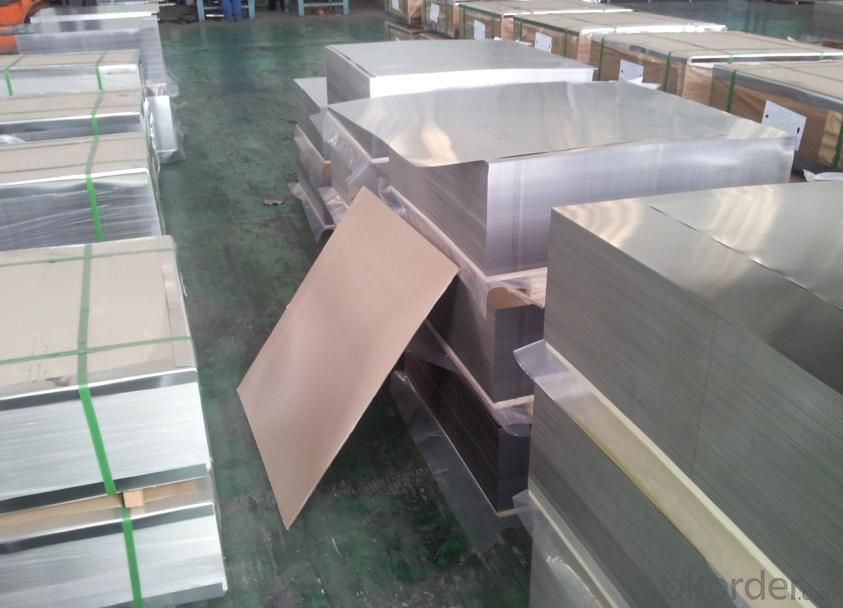
Sandard Seaworth Packing(wooden packing with water proof paper)
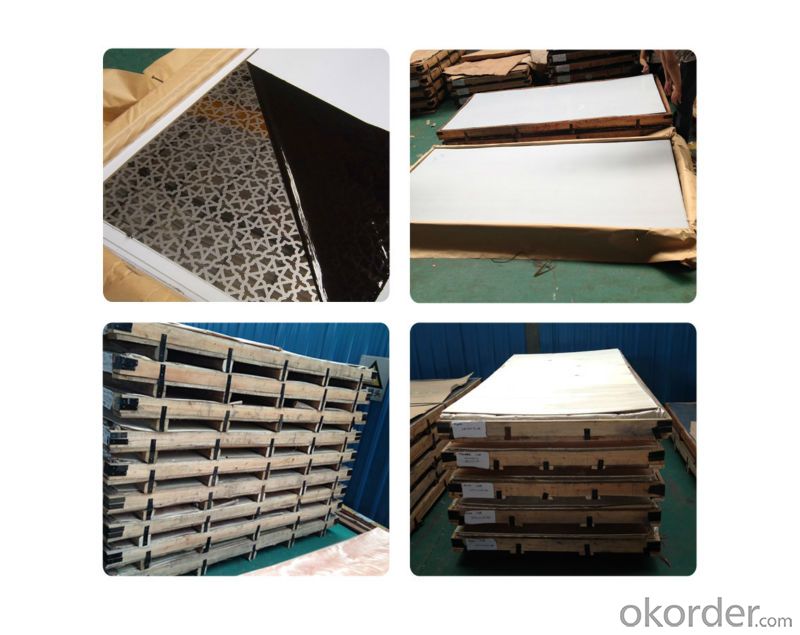
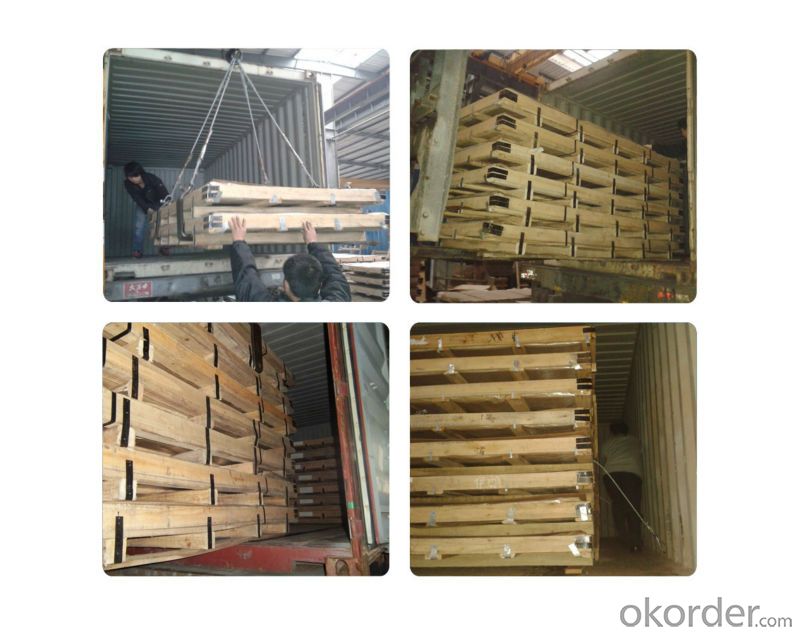
FAQ:
1. What's the quality?
very fine
2. How long get reply?
within 24 hours
If you have any question about stainless steel sheets,donot forget to sending the email to Us! You will get the competitive Price and have a very good experience about the Buying Process! CNBM International Corporation is always your trustful friend!
- Q: Can the tile be directly attached to the stainless steel plate?
- Yes, but if you want to be smooth and strong, you must first ensure that the tile surface is flat and firm.
- Q: Are stainless steel sheets suitable for oil and gas applications?
- Yes, stainless steel sheets are suitable for oil and gas applications. Stainless steel is known for its excellent corrosion resistance, making it highly suitable for use in harsh environments such as those found in the oil and gas industry. It can withstand exposure to a wide range of corrosive substances, including acids, alkalis, and saltwater, without deteriorating or corroding. Additionally, stainless steel has high strength and durability, making it capable of withstanding high-pressure conditions typically encountered in oil and gas operations. It is also resistant to high temperatures, which is important in applications where heat resistance is required. Furthermore, stainless steel sheets can be easily fabricated and shaped to meet specific design requirements, allowing for flexibility in engineering and construction. Overall, the combination of corrosion resistance, strength, and versatility makes stainless steel sheets an excellent choice for use in oil and gas applications.
- Q: What is the cost of stainless steel sheets?
- The price of stainless steel sheets may differ based on various factors including the thickness, size, and grade of stainless steel employed. Typically, stainless steel sheets are priced per square foot or square meter. The price range can further be influenced by the supplier, location, and market conditions. Moreover, any additional processing or finishing requirements like polishing or cutting can impact the overall cost. To obtain precise and current pricing details for stainless steel sheets, it is advisable to reach out to a local supplier or distributor.
- Q: What are the different types of stainless steel sheet thickness tolerances?
- The different types of stainless steel sheet thickness tolerances include standard, tight, and extra tight tolerances. Standard tolerances allow for slight variations in thickness, tight tolerances have lower permissible deviations, and extra tight tolerances have even smaller allowable variations in thickness.
- Q: Are stainless steel sheets suitable for food storage containers?
- Yes, stainless steel sheets are highly suitable for food storage containers. Stainless steel is a durable and non-reactive material that does not leach harmful chemicals into food. It is resistant to corrosion, easy to clean, and can maintain the freshness and quality of stored food for extended periods. Additionally, stainless steel is non-porous, preventing the absorption of odors or flavors.
- Q: Can stainless steel sheets be used in decorative applications?
- Yes, stainless steel sheets can be used in decorative applications. Due to their durability, versatility, and attractive appearance, stainless steel sheets are commonly used in interior and exterior design projects, such as wall cladding, decorative panels, countertops, backsplashes, and furniture. They offer a sleek and modern aesthetic while also being resistant to corrosion, making them suitable for both functional and decorative purposes.
- Q: What are the different types of surface finishes available for stainless steel sheets?
- There are several types of surface finishes available for stainless steel sheets, each with its own unique characteristics and applications. 1. No. 1 Finish: This is the most common and widely used finish for stainless steel sheets. It is hot rolled and annealed, resulting in a rough, dull appearance with visible grain lines. No. 1 finish is suitable for applications where a rough surface texture is desired, such as industrial or structural uses. 2. No. 2B Finish: This finish is achieved by cold rolling the stainless steel sheet after a No. 1 finish, followed by annealing and descaling. It has a smooth, reflective surface with a slight matte appearance. No. 2B finish is commonly used for applications requiring a clean, aesthetic look, such as kitchen appliances, architectural accents, and decorative items. 3. No. 3 Finish: Also known as a brushed finish, this type of surface finish is achieved by mechanically polishing the stainless steel sheet with abrasive materials. It creates a unidirectional pattern of fine lines, giving the metal a satin-like appearance. No. 3 finish is often used for decorative purposes, such as furniture, signage, and elevator doors. 4. No. 4 Finish: Similar to No. 3 finish, No. 4 finish is achieved by mechanically polishing the stainless steel sheet, but with finer abrasives. It produces a smoother, more refined surface with a low gloss. No. 4 finish is commonly used for applications requiring good corrosion resistance and easy maintenance, such as kitchen equipment, automotive trim, and architectural components. 5. No. 8 Mirror Finish: This is the most reflective and luxurious surface finish for stainless steel sheets. It involves polishing the metal with progressively finer abrasives until a highly reflective mirror-like surface is achieved. No. 8 mirror finish is often used for decorative and high-end applications, such as architectural accents, jewelry, and luxury consumer goods. 6. Embossed Finish: This finish involves stamping or pressing a pattern onto the stainless steel sheet, creating a textured surface. Embossed finishes can vary from simple designs to intricate patterns, offering both aesthetic appeal and improved slip resistance. They are commonly used for applications requiring both functionality and visual interest, such as flooring, countertops, and wall cladding. Overall, the choice of surface finish for stainless steel sheets depends on the desired appearance, functionality, and performance requirements of the specific application.
- Q: How do you prevent galvanic corrosion when using stainless steel sheets?
- To avoid galvanic corrosion when utilizing stainless steel sheets, there are several precautions you can take: 1. Steer clear of direct contact with dissimilar metals: Galvanic corrosion arises when two different metals make contact in the presence of an electrolyte, such as moisture. To prevent this, ensure that stainless steel sheets do not come into direct contact with dissimilar metals, particularly those with a higher anodic index, such as aluminum or copper. If contact cannot be avoided, utilize insulating materials like plastic or rubber gaskets to separate the metals. 2. Choose compatible fasteners: When securing stainless steel sheets, it is essential to select fasteners crafted from the same or compatible metals. The utilization of dissimilar metals can form galvanic cells, resulting in corrosion. It is recommended to use stainless steel fasteners or those composed of materials with similar corrosion resistance, such as galvanized steel. 3. Apply protective coatings: The application of protective coatings on stainless steel sheets can serve as an additional barrier against galvanic corrosion. Consider utilizing paint, epoxy, or other suitable coatings that are compatible with stainless steel. These coatings act as sacrificial layers, preventing direct contact between the stainless steel and the surrounding environment. 4. Insulate electrical connections: If stainless steel sheets are involved in electrical systems, ensure adequate insulation of electrical connections. This prevents the flow of electrical current between dissimilar metals, reducing the risk of galvanic corrosion. Insulating materials like plastic or rubber sleeves can be employed to separate the metals and impede the formation of galvanic cells. 5. Regulate environmental factors: Galvanic corrosion is often accelerated in the presence of moisture, saltwater, or acidic environments. Controlling these factors can help prevent corrosion on stainless steel sheets. Routinely clean and dry the sheets, particularly in areas where moisture accumulates. Avoid exposing the sheets to saltwater or corrosive chemicals, and maintain proper ventilation to minimize humidity levels. By implementing these preventive measures, you can significantly diminish the likelihood of galvanic corrosion when using stainless steel sheets. However, it is crucial to regularly inspect the sheets for any indications of corrosion and promptly address them to uphold their integrity and longevity.
- Q: How do stainless steel sheets compare to other materials?
- Various industries favor stainless steel sheets due to their numerous advantages over other materials. The exceptional durability and strength of stainless steel are well-known. It can endure high temperatures, pressure, and corrosion, making it suitable for a wide range of applications. Moreover, this durability ensures a longer lifespan and reduces the need for frequent replacements, ultimately saving time and money. Stainless steel sheets also possess excellent resistance to corrosion and rust. This property is particularly crucial in environments with high humidity or exposure to chemicals, as it prevents degradation and maintains the material's integrity. Unlike aluminum or carbon steel, which may require protective coatings or regular maintenance to achieve similar levels of corrosion resistance, stainless steel sheets naturally possess this quality. Furthermore, stainless steel sheets boast a clean and smooth surface finish, making them visually pleasing and easy to clean. This attribute is of utmost importance in industries such as food processing, pharmaceuticals, and healthcare, where hygiene and cleanliness are paramount. Stainless steel sheets also offer versatility in terms of fabrication and customization. They can be easily formed, welded, and shaped into different sizes and configurations, allowing for a wide range of applications. This versatility makes stainless steel sheets suitable for architectural, automotive, and industrial uses. Lastly, stainless steel is environmentally friendly. It is 100% recyclable, meaning it can be melted down and reused without any loss in quality or performance. This recyclability reduces the demand for new materials and minimizes the environmental impact associated with manufacturing processes. In summary, stainless steel sheets surpass other materials in terms of durability, corrosion resistance, cleanliness, versatility, and environmental sustainability. These qualities establish stainless steel sheets as the superior choice for various industries and applications.
- Q: How do you determine the hardness of stainless steel sheets?
- There are multiple methods available to determine the hardness of stainless steel sheets. The Rockwell hardness test is a commonly used method that involves measuring the depth of indentation on the material's surface. This is done by applying a specific load using a diamond cone or steel ball and measuring the resulting depth of penetration. The Rockwell hardness value is then determined based on this depth. Another method is the Vickers hardness test, which involves using a diamond indenter to create a square-shaped indentation. The size of this indentation is measured and converted into a hardness value. This method is often preferred for thin materials like stainless steel sheets. The Brinell hardness test is an alternative technique where a known load is applied to the material using a hardened steel ball. The resulting indentation's diameter is then measured, and the hardness value is calculated based on both the applied load and the diameter of the indentation. Apart from these mechanical tests, non-destructive methods such as ultrasonic hardness testing and magnetic hardness testing can also be employed. Ultrasonic testing determines the speed of sound through the material, which is then correlated to its hardness. Magnetic hardness testing, on the other hand, measures the magnetic properties of the material, which are affected by its hardness. Overall, the hardness of stainless steel sheets can be determined using various methods depending on the specific requirements and characteristics of the material.
Send your message to us
Stainless Steel plate and sheet 304 2b finish
- Loading Port:
- Shanghai
- Payment Terms:
- TT OR LC
- Min Order Qty:
- 500 m.t.
- Supply Capability:
- 5000000 m.t./month
OKorder Service Pledge
OKorder Financial Service
Similar products
Hot products
Hot Searches
Related keywords

